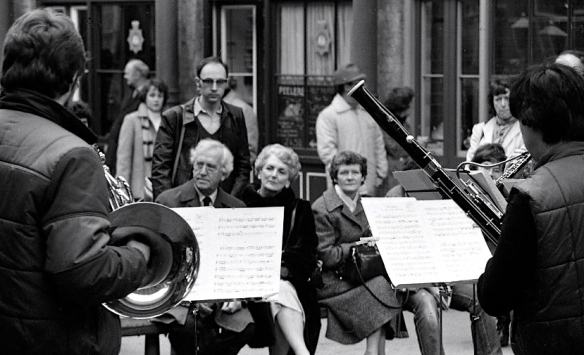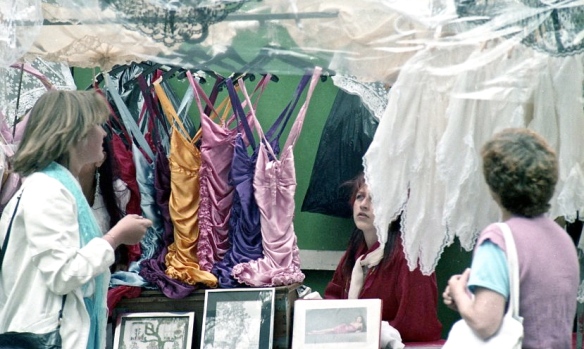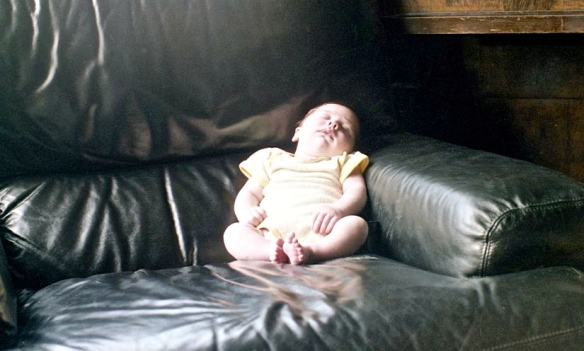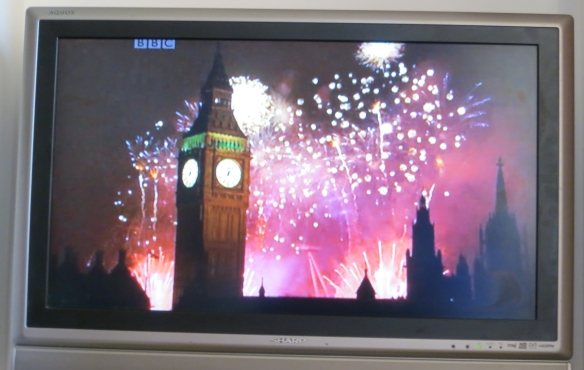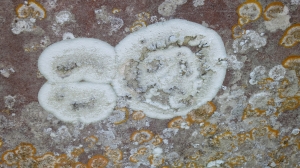
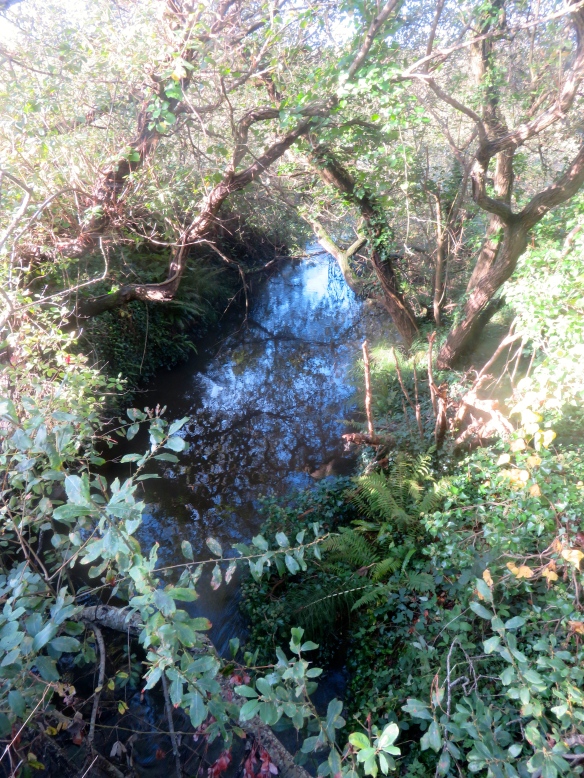
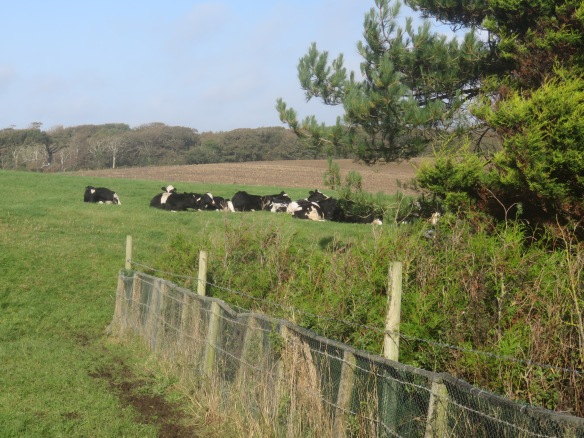
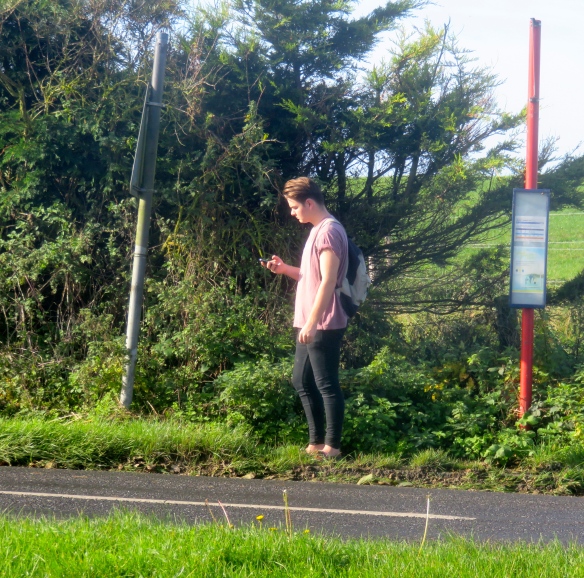


 On this brighter, balmy, day, the returning sunshine was welcomed by all; by me; by Roger’s newly sown fields; by ferns and mare’s tails on the bank of the stream; by basking cattle huddled behind the corner cottage; by a young man, with the customary electronic device, waiting for a bus; by slithering slugs and by creeping caterpillars on the footpath; and by one solitary wave watcher seated on the shingle.
On this brighter, balmy, day, the returning sunshine was welcomed by all; by me; by Roger’s newly sown fields; by ferns and mare’s tails on the bank of the stream; by basking cattle huddled behind the corner cottage; by a young man, with the customary electronic device, waiting for a bus; by slithering slugs and by creeping caterpillars on the footpath; and by one solitary wave watcher seated on the shingle.
These are the steps Bob runs up and down.
On my return, whist Jackie continued her autumn tidying, I began the daunting task of digging out the more stubborn roots of bramble and ivy from the back drive. Bolt cutters were required for the removal of more of our predecessor’s metal mesh.
As you can see, I didn’t get very far.
 Margery and Paul visited us this afternoon, and we enjoyed our usual wide-ranging conversations. Thinking of how times have changed over the last century, we embarked on the subject of early motoring. We travelled back to 1919 when Jackie’s grandfather acquired his first car, and never had to take a test. He would regularly drive himself from Anerley to Brighton when hardly another vehicle was to be seen on the road.
Margery and Paul visited us this afternoon, and we enjoyed our usual wide-ranging conversations. Thinking of how times have changed over the last century, we embarked on the subject of early motoring. We travelled back to 1919 when Jackie’s grandfather acquired his first car, and never had to take a test. He would regularly drive himself from Anerley to Brighton when hardly another vehicle was to be seen on the road. She remembered her Dad cranking up a starting handle to get the car going, and jump into the car hoping the engine would continue running. The dog-legged shaped metal crank was shoved through a hole in front of the motor where its own female end engaged with a male one attached to the starting mechanism. This handle for the Morris Minor most resembles one I remember using to help my Dad get moving. You had to be quite vigorous in your cranking, and hope the equipment didn’t suddenly whizz round and break your wrist.
She remembered her Dad cranking up a starting handle to get the car going, and jump into the car hoping the engine would continue running. The dog-legged shaped metal crank was shoved through a hole in front of the motor where its own female end engaged with a male one attached to the starting mechanism. This handle for the Morris Minor most resembles one I remember using to help my Dad get moving. You had to be quite vigorous in your cranking, and hope the equipment didn’t suddenly whizz round and break your wrist.
Later, Jackie and I watched, on BBC iPlayer, episode 2 of the 11th series of New Tricks. It was in the 9th series of 2012 – the last one I watched – that the skilful and watchable Denis Lawson replaced James Bolam as one of the old dogs, (who, according to proverb, cannot be taught new tricks), namely a trio of retired policemen under the management of a female officer played originally by Amanda Redman. Their task is to reopen investigations into unsolved crimes.
As with a number of successful TV series over the years, this comedy-drama began as a one-off – on 27th March 2003. Of the original cast only the everlasting Dennis Waterman remains. Redman has been replaced by Tamzin Outhwaite; and Alun Armstrong by Nicholas Lyndhurst.
Having found the rapport between the original cast members very entertaining, I will need to reserve judgement on the current team. One of the secrets of success of such productions is the chemistry between the actors. In my view this is a little lacking at the moment, but it is worth persevering with.
The supporting cast played their parts well.
Our evening meal consisted of Jackie’s classic sausage casserole (recipe), smooth mashed potato, and crisp carrots and peas, followed by jam sponge and custard. She drank Hoegaarden, whilst I enjoyed Isla Negra Cabernet Sauvignon 2013.


